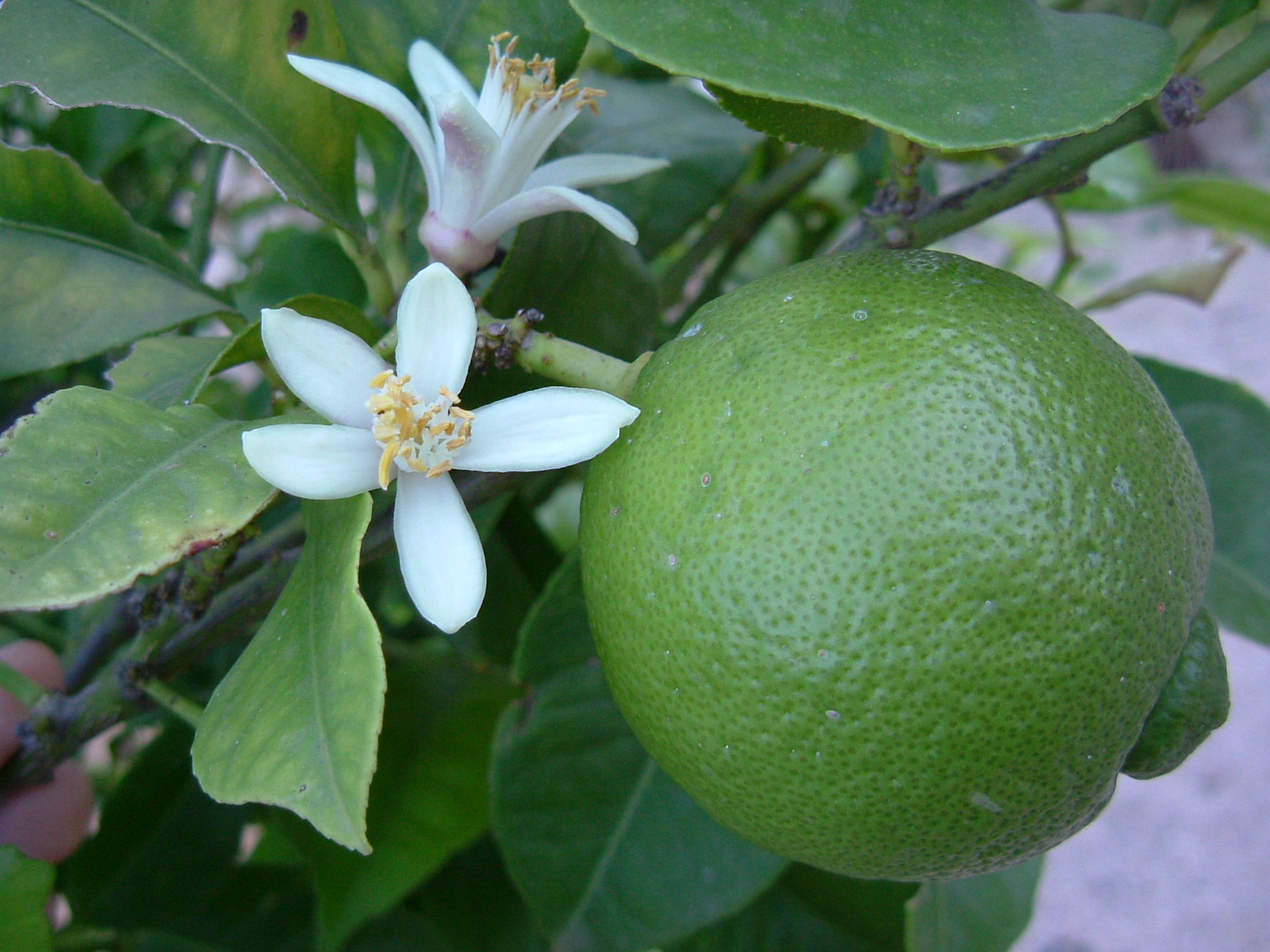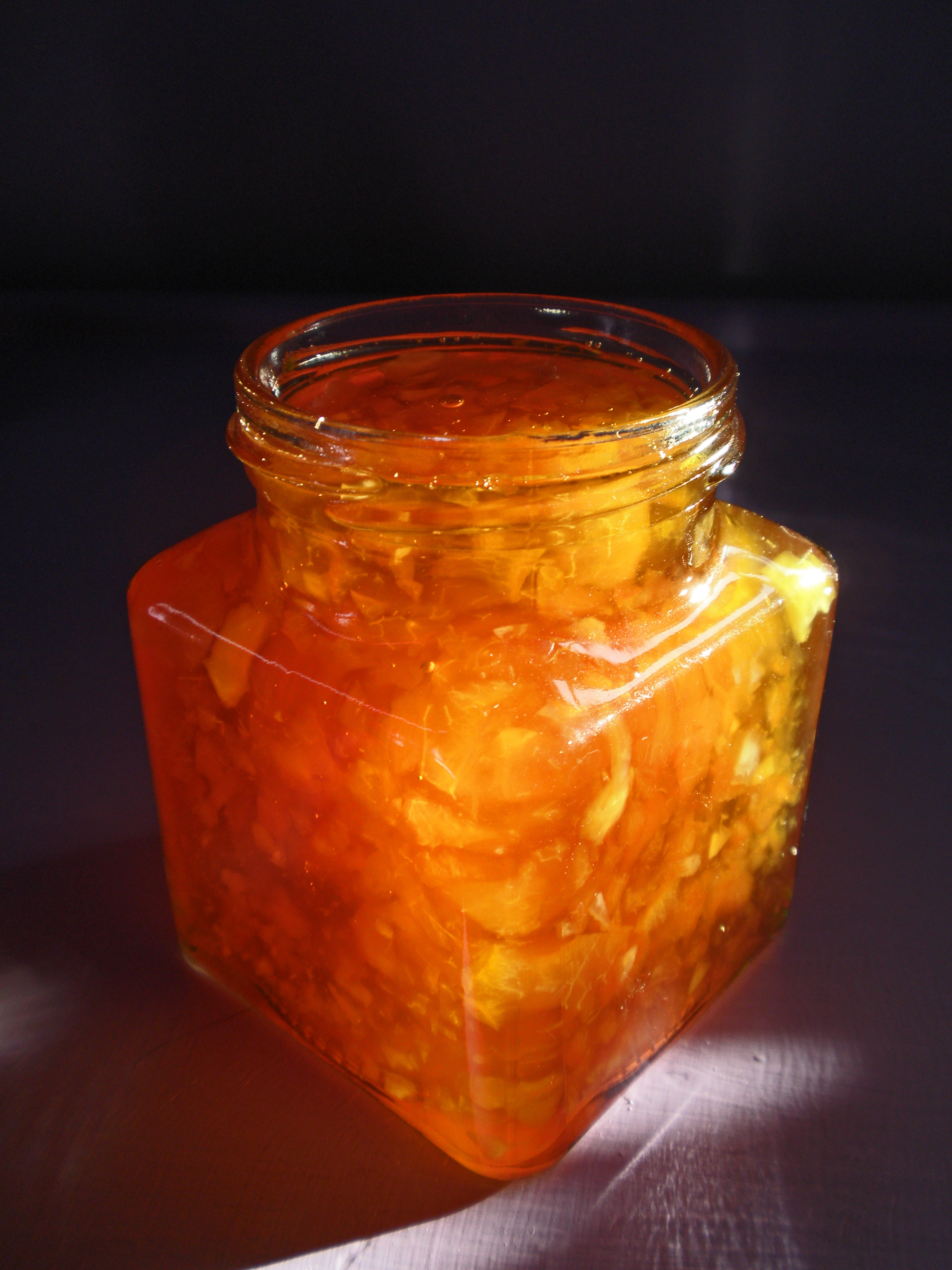|
Prays Citri
''Prays citri'', the citrus blossom moth or citrus young fruit borer, is a moth of the family Praydidae. It is found in Southern Europe. There are reports of ''D. citri'' in other regions, but these are likely to be misidentifications of other ''Prays'' species: ''P. endocarpa'' in the Indian subcontinent and southeast Asia, ''P. endolemma'' in the Philippines and ''P. nepholemima'' in Borneo and Australasia.Prays citri (citrus flower moth) Retrieved 2022-06-01. The adult moth is dull grey with a of 10–12 mm. The larvae feed on '''' species, preferably '' [...More Info...] [...Related Items...] OR: [Wikipedia] [Google] [Baidu] |
Pierre Millière
Pierre Millière was a French entomologist chiefly interested in Lepidoptera. Born 1 December 1811 in Saint-Jean-de-Losne on the Côte d'Or and died 29 May 1887 in Cannes Millière was a pharmacist and dealer who studied Lepidoptera as a hobby, though in a very professional manner. He was the author of ''Iconographie et description de Chenilles et Lépidoptères inédits''. Paris, F. Savy, 1859-1874. 35 parts (bound in 3 volumes). His collections of macrolepidoptera and Pyralidae are in Palais Coburg in Vienna, there are some of his microlepidoptera in the Natural History Museum, Leiden but the bulk of his microlepidoptera collection is in the Muséum national d'Histoire naturelle in Paris. References *Anonym 1887: illiere, P.''The Entomologist's Monthly Magazine ''Entomologist's Monthly Magazine'' is a British entomological journal, founded by a staff of five editors – T. Blackburn, H. G. Knaggs, M.D., R. McLachlan, F.L.S., E. C. Rye and H. T. Stainton – an ... [...More Info...] [...Related Items...] OR: [Wikipedia] [Google] [Baidu] |
Moth
Moths are a paraphyletic group of insects that includes all members of the order Lepidoptera that are not butterflies, with moths making up the vast majority of the order. There are thought to be approximately 160,000 species of moth, many of which have yet to be described. Most species of moth are nocturnal, but there are also crepuscular and diurnal species. Differences between butterflies and moths While the butterflies form a monophyletic group, the moths, comprising the rest of the Lepidoptera, do not. Many attempts have been made to group the superfamilies of the Lepidoptera into natural groups, most of which fail because one of the two groups is not monophyletic: Microlepidoptera and Macrolepidoptera, Heterocera and Rhopalocera, Jugatae and Frenatae, Monotrysia and Ditrysia.Scoble, MJ 1995. The Lepidoptera: Form, function and diversity. Oxford, UK: Oxford University Press; 404 p. Although the rules for distinguishing moths from butterflies are not well est ... [...More Info...] [...Related Items...] OR: [Wikipedia] [Google] [Baidu] |
Praydidae
Praydidae is a family of false ermine moths in the superfamily Yponomeutoidea. Though once considered a subfamily (Praydinae), a 2013 molecular analysis elevated it to family rank. Genera *''Atemelia'' Herrich-Schäffer, 1853 *'' Dictyoprays'' J.C. Sohn, 2012 *''Distagmos'' Herrich-Schäffer, 1853 *''Eucatagma'' Busck, 1900 *''Prays'' Hübner, 825 __NOTOC__ Year 825 ( DCCCXXV) was a common year starting on Sunday (link will display the full calendar) of the Julian calendar. Events By place India * A group of Persio-Assyrian adherents of the Church of the East, under the leader .../small> References * , 2012: A new genus and species of Praydidae (Lepidoptera: Yponomeutoidea) from Vietnam. ''Tinea'' 22 (2): 120-124. * & , 2014: A New Species of ''Atemelia'' (Lepidoptera, Yponomeutoidea, Praydidae) Feeding on the Ornamental Shrub Mahonia (Ranunculales: Berberidaceae) in Chile. ''Annals of the Entomological Society of America'', 107 (2): 339-346. * , 2012: Catalogu ... [...More Info...] [...Related Items...] OR: [Wikipedia] [Google] [Baidu] |
Southern Europe
Southern Europe is the southern region of Europe. It is also known as Mediterranean Europe, as its geography is essentially marked by the Mediterranean Sea. Definitions of Southern Europe include some or all of these countries and regions: Albania, Andorra, Bosnia and Herzegovina, Bulgaria, Croatia, Cyprus, East Thrace, Gibraltar, Greece, Italy, Kosovo, Malta, Moldova, Monaco, Montenegro, North Macedonia, Portugal, Romania, San Marino, Serbia, Slovenia, Southern France, Spain, and Vatican City (the Holy See). Southern Europe is focused on the three peninsulas located in the extreme south of the European continent. These are the Iberian Peninsula, the Apennine Peninsula, and the Balkan Peninsula. These three peninsulas are separated from the rest of Europe by towering mountain ranges, respectively by the Pyrenees, the Alps and the Balkan Mountains. The location of these peninsulas in the heart of the Mediterranean Sea, as well as their mountainous reliefs, provide them with ... [...More Info...] [...Related Items...] OR: [Wikipedia] [Google] [Baidu] |
Wingspan
The wingspan (or just span) of a bird or an airplane is the distance from one wingtip to the other wingtip. For example, the Boeing 777–200 has a wingspan of , and a wandering albatross (''Diomedea exulans'') caught in 1965 had a wingspan of , the official record for a living bird. The term wingspan, more technically extent, is also used for other winged animals such as pterosaurs, bats, insects, etc., and other aircraft such as ornithopters. In humans, the term wingspan also refers to the arm span, which is distance between the length from one end of an individual's arms (measured at the fingertips) to the other when raised parallel to the ground at shoulder height at a 90º angle. Former professional basketball player Manute Bol stood at and owned one of the largest wingspans at . Wingspan of aircraft The wingspan of an aircraft is always measured in a straight line, from wingtip to wingtip, independently of wing shape or sweep. Implications for aircraft design an ... [...More Info...] [...Related Items...] OR: [Wikipedia] [Google] [Baidu] |
Citrus
''Citrus'' is a genus of flowering trees and shrubs in the rue family, Rutaceae. Plants in the genus produce citrus fruits, including important crops such as oranges, lemons, grapefruits, pomelos, and limes. The genus ''Citrus'' is native to South Asia, East Asia, Southeast Asia, Melanesia, and Australia. Various citrus species have been used and domesticated by indigenous cultures in these areas since ancient times. From there its cultivation spread into Micronesia and Polynesia by the Austronesian expansion (c. 3000–1500 BCE); and to the Middle East and the Mediterranean (c. 1200 BCE) via the incense trade route, and onwards to Europe and the Americas. History Citrus plants are native to subtropical and tropical regions of Asia, Island Southeast Asia, Near Oceania, and northeastern Australia. Domestication of citrus species involved much hybridization and introgression, leaving much uncertainty about when and where domestication first happened. A genomic, phyl ... [...More Info...] [...Related Items...] OR: [Wikipedia] [Google] [Baidu] |
Citrus Limonum
A lime (from French ''lime'', from Arabic ''līma'', from Persian ''līmū'', "lemon") is a citrus fruit, which is typically round, green in color, in diameter, and contains acidic juice vesicles. There are several species of citrus trees whose fruits are called limes, including the Key lime (''Citrus aurantiifolia''), Persian lime, Makrut lime, and desert lime. Limes are a rich source of vitamin C, are sour, and are often used to accent the flavours of foods and beverages. They are grown year-round. Plants with fruit called "limes" have diverse genetic origins; limes do not form a monophyletic group. Plants known as "lime" The difficulty in identifying exactly which species of fruit are called lime in different parts of the English-speaking world (and the same problem applies to synonyms in other European languages) is increased by the botanical complexity of the citrus genus itself, to which the majority of limes belong. Species of this genus hybridise readily, and it ... [...More Info...] [...Related Items...] OR: [Wikipedia] [Google] [Baidu] |
Citrus Decumana
The grapefruit (''Citrus'' × ''paradisi'') is a subtropical citrus tree known for its relatively large, sour to semi-sweet, somewhat bitter fruit. The interior flesh is segmented and varies in color from pale yellow to dark pink. Grapefruit is a citrus hybrid originating in Barbados. It is an accidental cross between the sweet orange (''C. sinensis'') and the pomelo or shaddock (''C. maxima''), both of which were introduced from Asia in the 17th century. It has also been called the ''forbidden fruit''. In the past it was referred to as the ''pomelo'', but that term is now mostly used as the common name for ''Citrus maxima''. In 2019, world production of grapefruits (combined with pomelos) was 9.3 million tonnes, of which 53% was in China. Other significant producers include Vietnam, United States and Mexico. Description The evergreen grapefruit trees usually grow to around tall, although they may reach . The leaves are long (up to ), thin, glossy, and dark green. They produ ... [...More Info...] [...Related Items...] OR: [Wikipedia] [Google] [Baidu] |
Citrus Aurantium
Bitter orange, Seville orange, bigarade orange, or marmalade orange is the citrus tree ''Citrus'' × ''aurantium'' and its fruit. It is native to Southeast Asia and has been spread by humans to many parts of the world. It is probably a cross between the pomelo, '' Citrus maxima'', and the mandarin orange, ''Citrus reticulata''. History Wild trees are found near small streams in generally secluded and wooded parts of Florida and the Bahamas after it was introduced to the area from Spain, where it had been introduced and cultivated heavily beginning in the 10th century by the Moors. Identification Citrus × aurantium can be identified through its orange fruit with a distinctly bitter or sour taste. The tree has alternate simple leaves and thorns on its petiole. Usage Many varieties of bitter orange are used for their essential oil, and are found in perfume, used as a flavoring or as a solvent, and also for consumption. The Seville orange variety is used in the production of mar ... [...More Info...] [...Related Items...] OR: [Wikipedia] [Google] [Baidu] |
Plutellidae
The Plutellidae are a family of moths commonly known as the diamondback moths, named after the diamondback moth (''Plutella xylostella'') of European origin. It was once considered to have three subfamilies: Plutellinae, Praydinae, and Scythropiinae. Praydinae was later elevated to its own family, Praydidae, while Scythropiinae has variously been moved to Yponomeutidae or also elevated to its own family. Characteristics Moths in this family are small to medium in size with wingspans ranging from . The head usually bears smooth scales and the antennae are often thickened in the middle. The wings are elongated and the hindwings often bear long fringes. The forewings often appear to be sickle-shaped because of the arrangement of the fringes. The colouring is generally drab, with various banding and marking. The adults are mostly nocturnal or crepuscular. The larvae feed on the surfaces of leaves which they skeletonise. The host plants vary, but many are in the family Brassicace ... [...More Info...] [...Related Items...] OR: [Wikipedia] [Google] [Baidu] |
Moths Of Africa
Moths are a paraphyletic group of insects that includes all members of the order Lepidoptera that are not butterflies, with moths making up the vast majority of the order. There are thought to be approximately 160,000 species of moth, many of which have yet to be described. Most species of moth are nocturnal, but there are also crepuscular and diurnal species. Differences between butterflies and moths While the butterflies form a monophyletic group, the moths, comprising the rest of the Lepidoptera, do not. Many attempts have been made to group the superfamilies of the Lepidoptera into natural groups, most of which fail because one of the two groups is not monophyletic: Microlepidoptera and Macrolepidoptera, Heterocera and Rhopalocera, Jugatae and Frenatae, Monotrysia and Ditrysia.Scoble, MJ 1995. The Lepidoptera: Form, function and diversity. Oxford, UK: Oxford University Press; 404 p. Although the rules for distinguishing moths from butterflies are not well esta ... [...More Info...] [...Related Items...] OR: [Wikipedia] [Google] [Baidu] |

.jpg)




